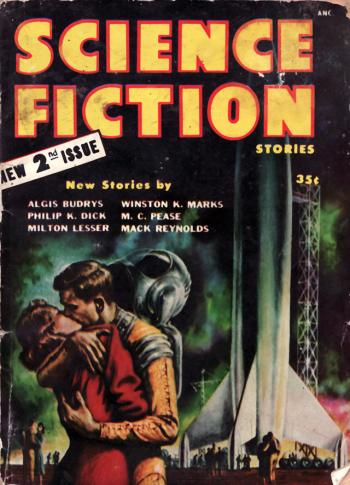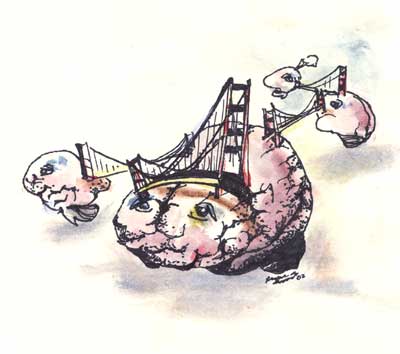Serendip is an independent site partnering with faculty at multiple colleges and universities around the world. Happy exploring!
diversity

intellectual property & where do we go from here - 2/25 class summary
We began with some questions that were posted online for Nicole and Jen:
Did either of them feel any worry about posting their work on the internet, where future employers could find it?
Nicole didn't feel much concern but wondered if she should, mentioning her middle-school Myspace that's still online; Jen plans to work in the digital humanities, and so feels it's great for her to have an online presence. Nicole adds that most people's names are all over the Internet in places they didn't put it on purpose (Bi-Co articles, etc.).

Science Fiction and the Multi-Genreverse of Doom

This is not just about Star Wars, Dune, or exploding spaceships. This is not just about scantily-clad princesses in high-tech towers, Captain Kirk, or the robot apocalypse. Science-fiction is a genre that encompasses almost every other genre there is. It crosses mediums: television, radio, video games, books, graphic novels, comics, movies... It can be about the future or the past, our humanity or lack-there-of, or the comedy or drama or dramatic comedy of our lives.

Discomfort with in-betweens
In thinking more about and sharing the images we read in class on Tuesday, I found that the in-between nature of the images seemed to cause discomfort to me and others. Why should the existence of in-between objects elicit disgust? Similarly, our readings mentioned historical attempts by Westerners to either make other cultures' literary works fit into Western genres or establish those other cultures as deficient for not matching the Western pattern closely. Why is maintaining the open mind to the evolution of genre that Dimock and Owen call for so difficult? Do we need computers to do this for us?




